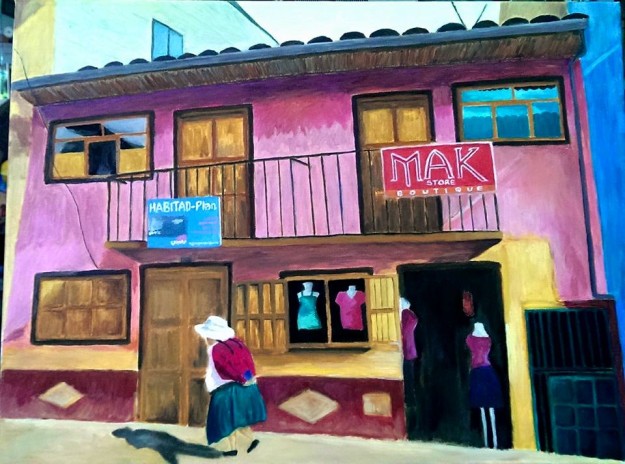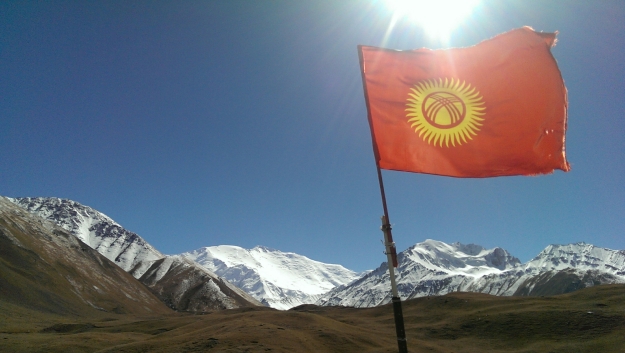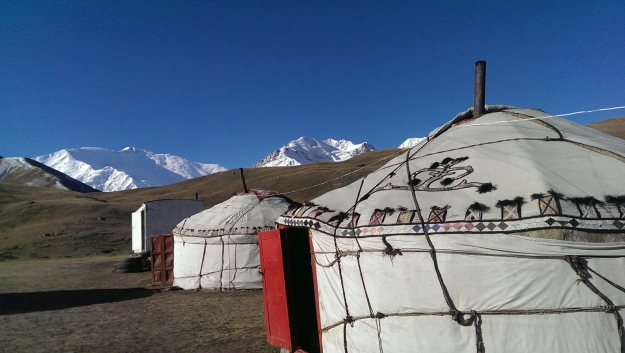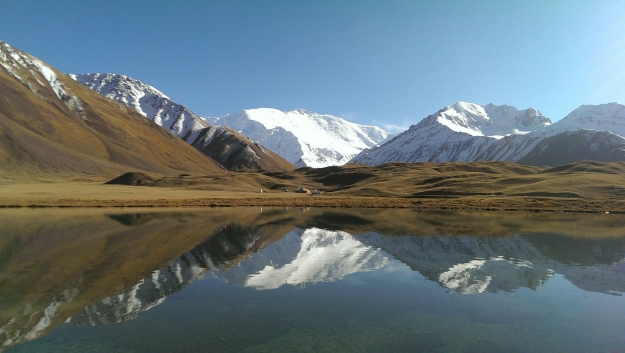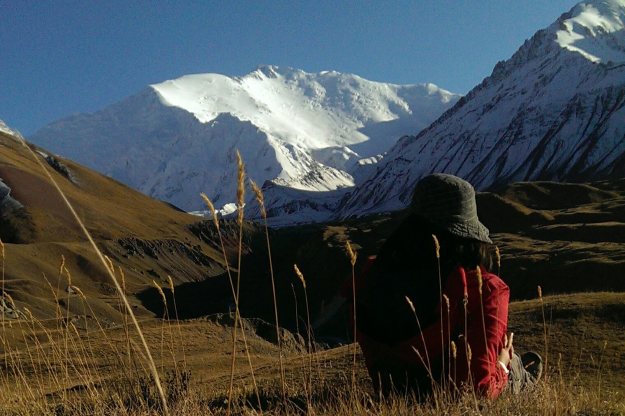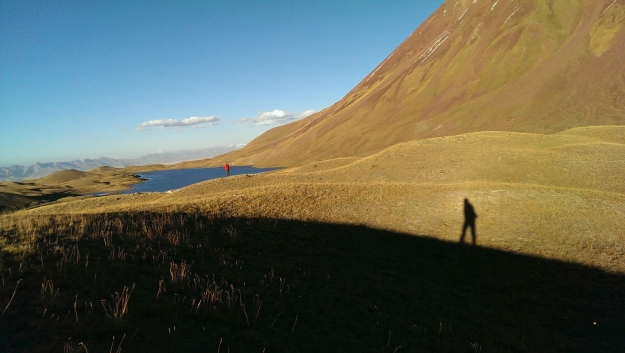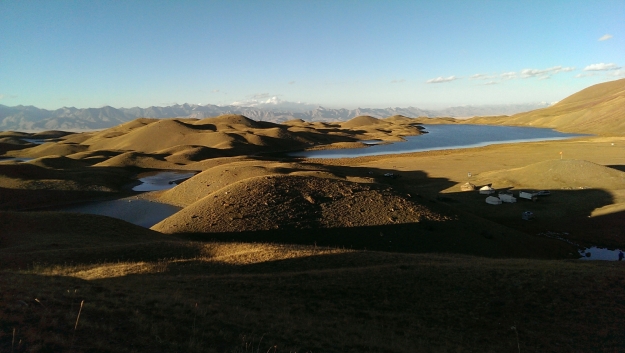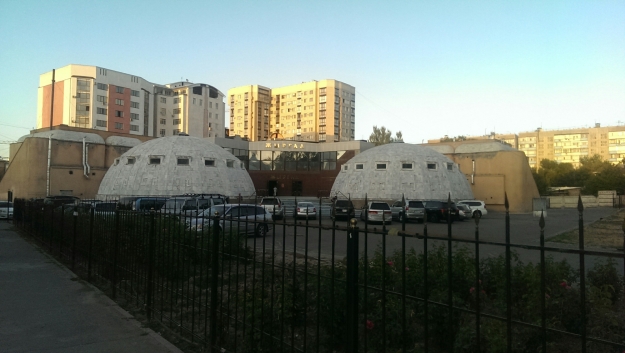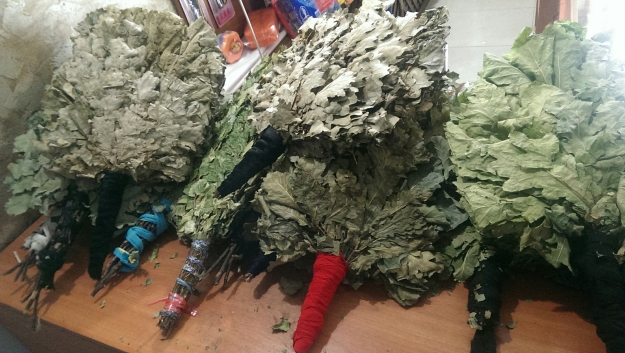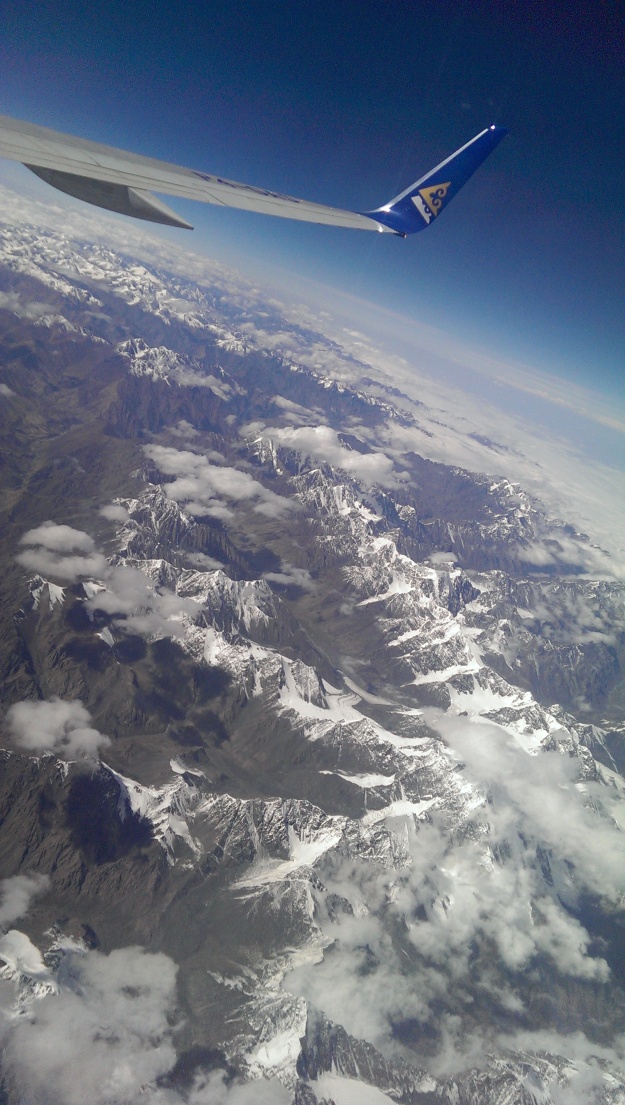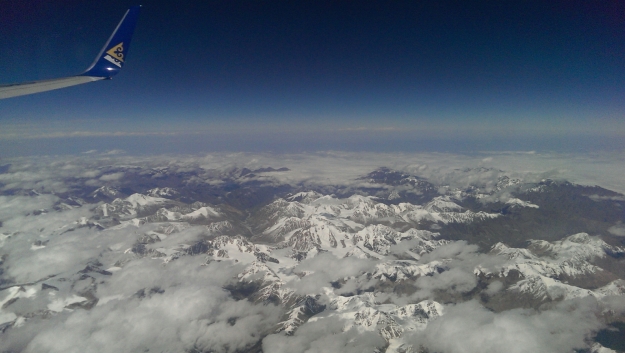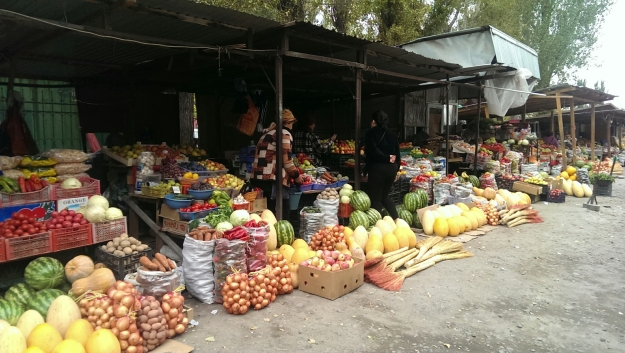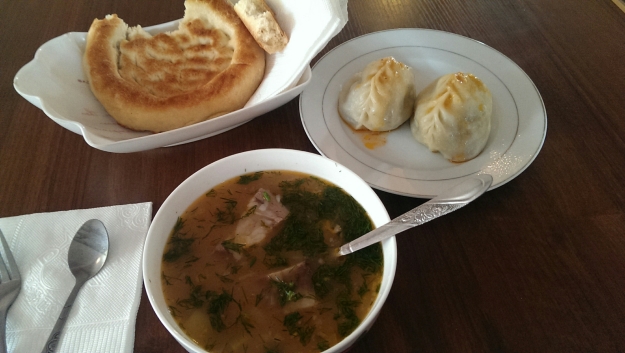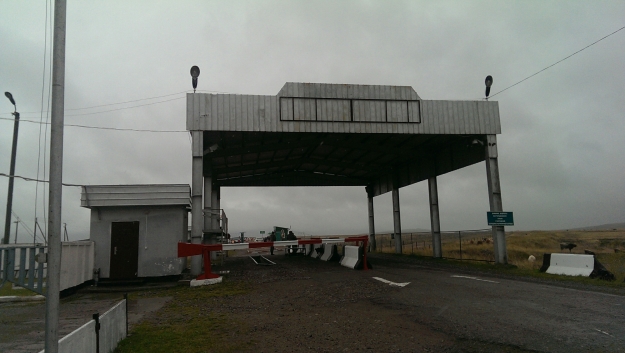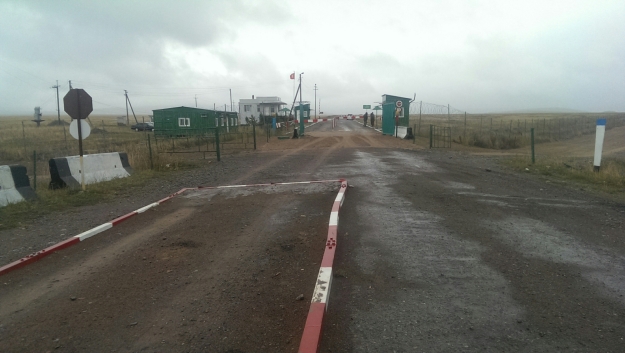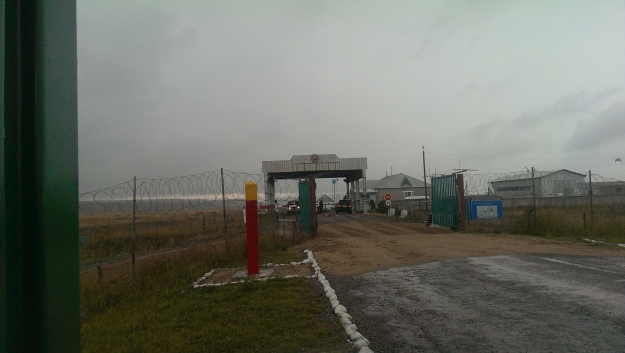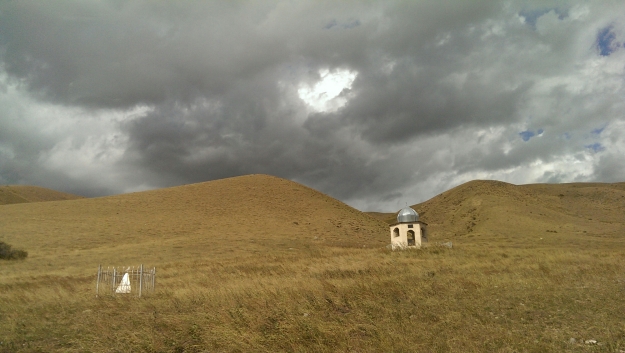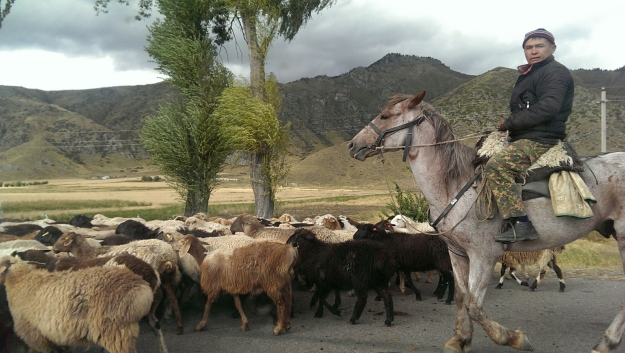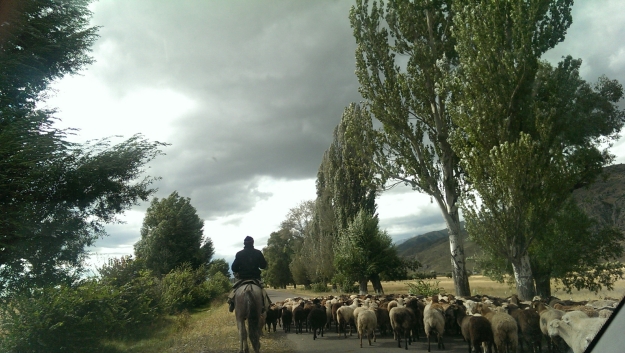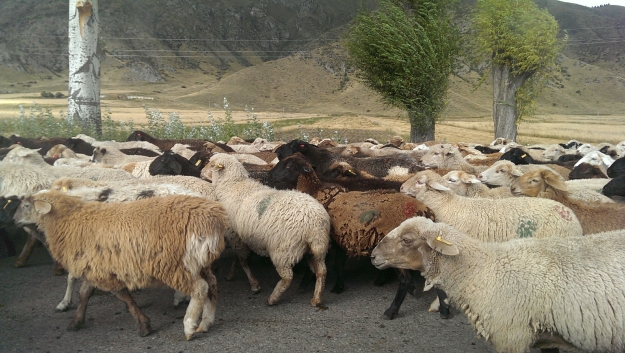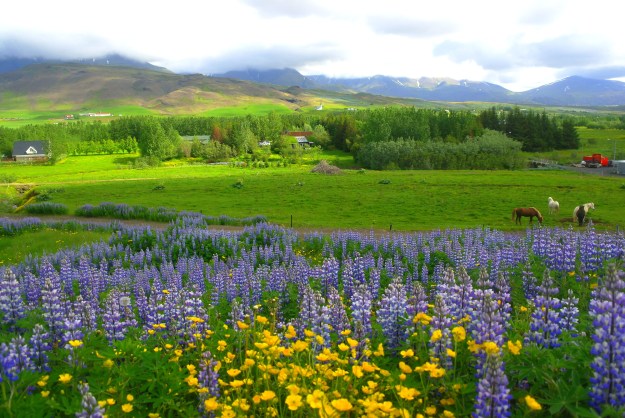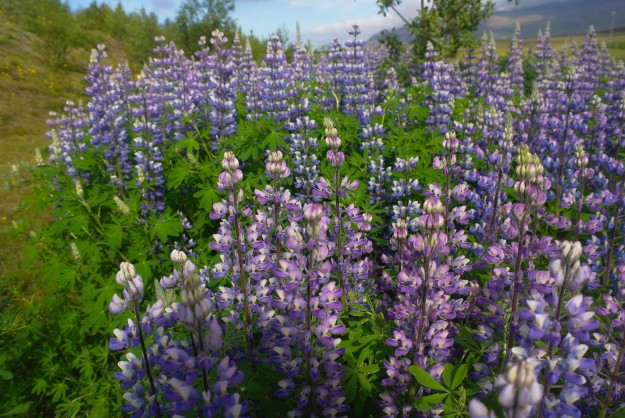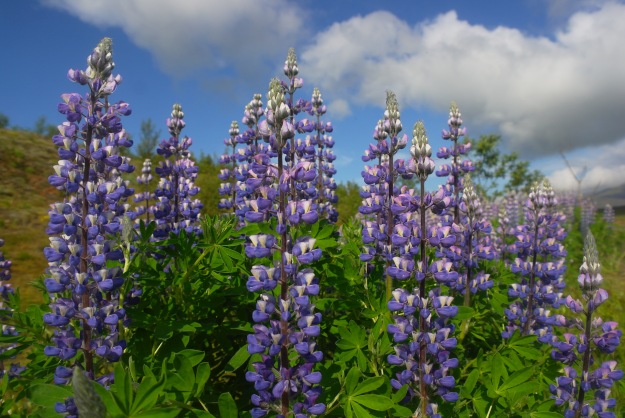It’s been a while since I wrote a travel post. I don’t have many words for Istanbul now; this trip to Turkey took place last October. I will write a few more posts of the other cities in Turkey. For now, I have chosen some photos that I have taken in Istanbul, photos that I liked. Writing a photo essay is quite a contradiction: photos capture a fleeting moment frozen in time. Yet our memories stretch and contract fluidly with time. Photos are the anti-thesis of memory, really.
I walked past the famous Grand Bazaar a couple of times and finally it was opened as I was there. As bazaars go, it was underwhelming despite its size. Walking out of the bazaar, I was hungry for meatballs and this was where I found myself for lunch, people-watching off the cobbled streets in the Sultanahamet district (old city) of Istanbul.
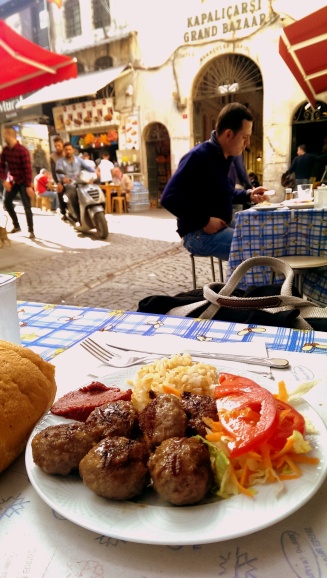
Still in the Sultanahamet district, off the main streets in a quieter section, second hand shoes are being sold. These shoes wouldn’t have lasted this long in equatorial climate.
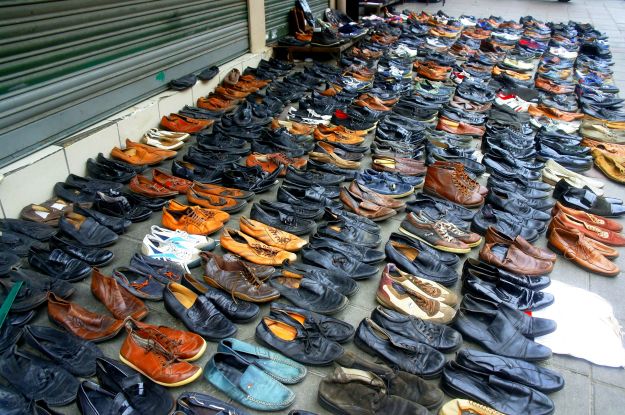
On pigeon-flocked Taksim Square, where mass protests that reportedly drew 200,000 protestors took place just less than one and a half years ago.
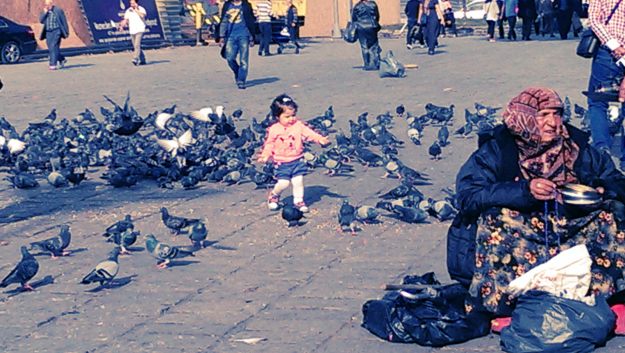
I wanted to walk through Istanbul University, just to have a feel of what being a student was like in this modern transcontinental city steeped in history. Alas, the university was closed off to those without the appropriate passes. There were guards and gantries at every possible entrance (I did try to look for a place to slip-in but to no success…) Outside some of Istanbul University’s entrances were stationery sellers like this one.
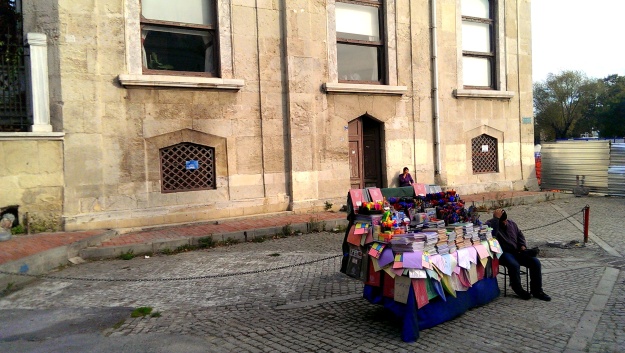
On the surface, Istanbul could be easily mistaken for a European city if not for a skyline dotted with minarets and regular resounding calls to prayers. Some people may find this exotic. Or strange. Or uneasy. But I spent most of my growing years waking up to prayer calls from a mosque near where we stayed. The morning azans were literally my wake-up calls, that sometimes get earlier and earlier, depending on the time of the year. In the Sultanahmet, the most famous mosques would be the Blue Mosque and the Suleymaniye. And in spite having been to many mosques in several countries, the intricate arabesques of these still inspire awe and reflection. One particular thing that stood out to me was how there were staff/volunteers on hand to explain the religion of Islam to foreign visitors who wished to learn more. This is a wonderfully smart move, something that many Muslim countries including Malaysia, could learn from. The other famous landmark, the Ayasofya (or Hagia Sophia), was a Byzantine (Greek Orthodox) Church which was later converted into a mosque, and now secularised as a museum.
Walking across the Galata Bridge in the evening – flanked by anglers, chaotic traffic, after-work crowds, prayer calls reverberating in the air against the backdrop of undulating hills and the silhouette of minarets and voluptuous domes – is an atmosphere that simply cannot be captured by the camera.
I really liked this mural.
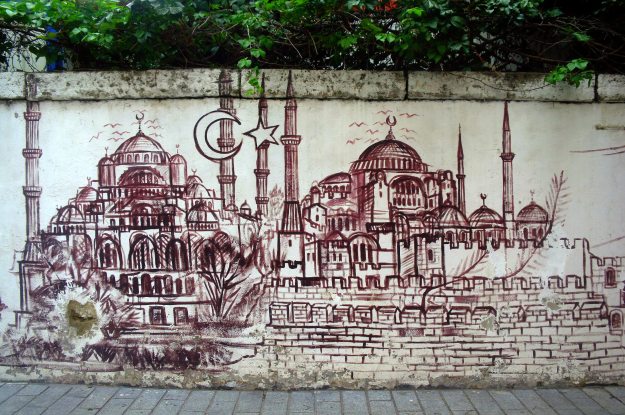
For a few days, I stayed in a small street off Turan Caddesi, not far from Taksim Square. A stark contrast to the vibrancy on Istiklal Caddesi – where parties, music and dancing go on to the wee hours of the morning – these quiet streets house residential buildings or short-term stay apartments. In the evening, children play football on the streets.
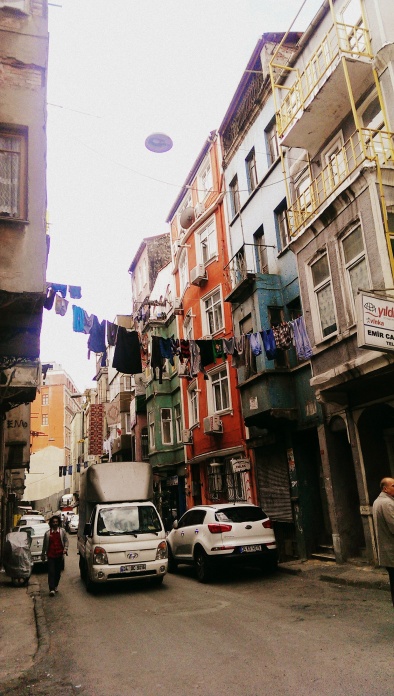
Istanbul is Europe-meets-Asia sliced across by the Bosphorus Straits (photo at the end of this post). In the Asian-part of Istanbul is Kadikoy, which is primarily a residential area, with trams serving the district that is also dotted by charming cafes, shops and bookstores.
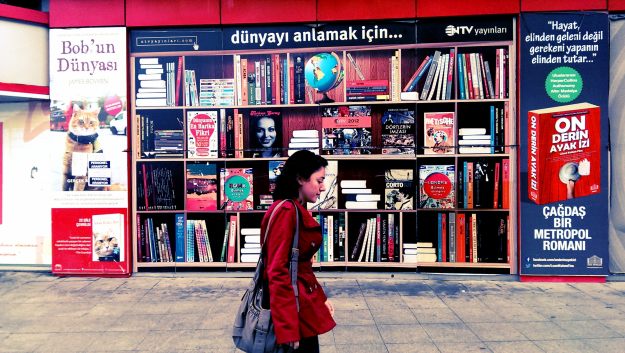
Still in Kadikoy, the Asian side of Istanbul. Adorning the flats are portraits of Mustafa Kemal Ataturk, who, following the defeat of the Ottoman Empire in World War I, was said to have founded the modern republic of Turkey.
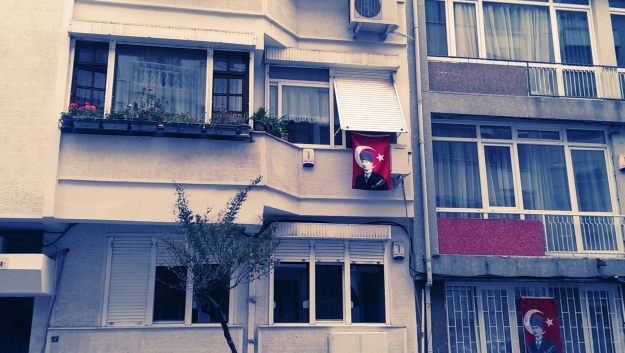
And how can anyone who visit Istanbul miss the mighty Bosphorus Straits? The straits join the Sea of Marmara and the Black Sea. On my first day in Istanbul, I spotted a pair of dolphins. I would return to the straits a few more times.
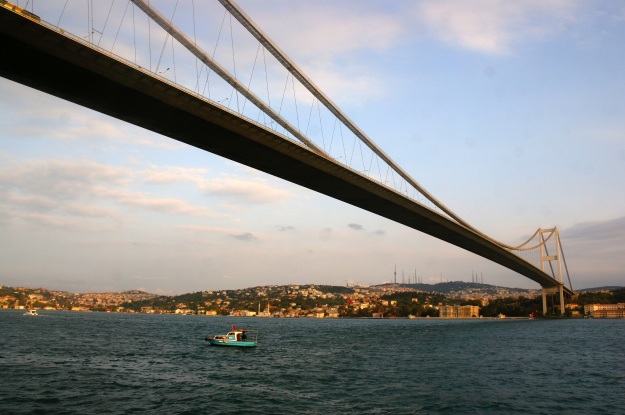
This photo belies the massive amount of traffic that flows between the two continents. With a population of 14.1 million, Istanbul is not just the largest city in Turkey, it is said to be one of the largest cities in Europe, that is, if Turkey can be considered as part of Europe. Accession talks for Turkey to join the European Union started in 2005 and it is still ongoing.

